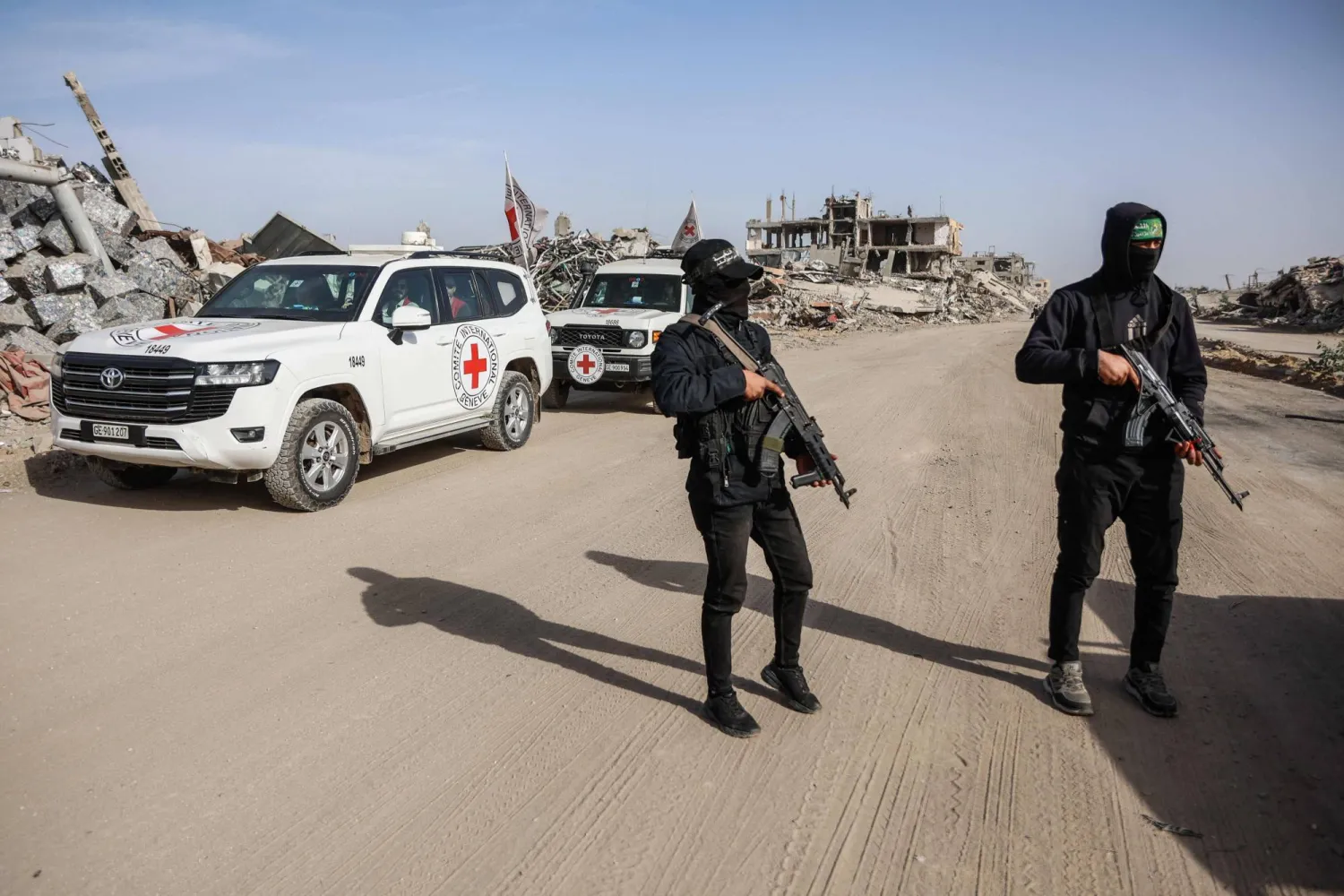In a joint effort with the UN, Britain and the Netherlands will host a conference in two weeks aimed at raising an extra $29.4 million to salvage the deteriorating oil tanker known as FSO “Safer,” moored off the coast of Hodeidah governorate in Yemen.
The derelict supertanker has been stranded for years without maintenance, carrying around 1.1 million barrels of crude oil.
The UN has warned that if the Safer tanker in the Red Sea were to crack, it would result in the spillage of 140,000 tons of oil, posing a threat to both the environment and human life.
The cost of inaction would also have a significant impact on international trade.
Just days ago, the UN announced that a very large crude carrier or VLCC set sail from Zhoushan, China as part of a UN-coordinated operation to remove more than a million barrels of oil from the decaying FSO Safer.
The vessel is expected to arrive in early May.
“We are at a critical moment to address the threat posed by the FSO Safer,” said the British ambassador to the UN, Barbara Woodward.
“The replacement vessel has begun its journey to Yemen but there is not enough funding for the salvage operation to take place,” she added.
Woodward revealed that her country, along with the Netherlands, will be hosting a conference in partnership with the UN to make commitments aimed at filling the funding gap and providing a long-term solution for Yemen.
“The costs of inaction are severe. This would devastate marine life and coastal livelihoods, disrupt life-saving humanitarian assistance for 17 million people, and cost the global economy billions in lost trade every day,” noted Woodward.
“On 4th May, the UK is co-hosting a Pledging Conference with the Netherlands and in partnership with the UN,” she added.
“The time to act is now. We all have a stake in averting this catastrophe,” she asserted.
According to the UN, the additional funding required to prevent a disaster on Safer is estimated at around $29.4 million.









